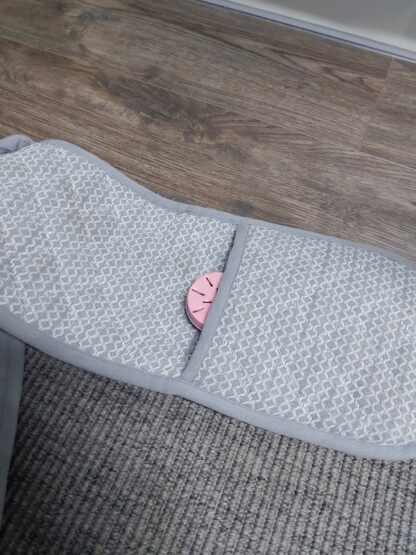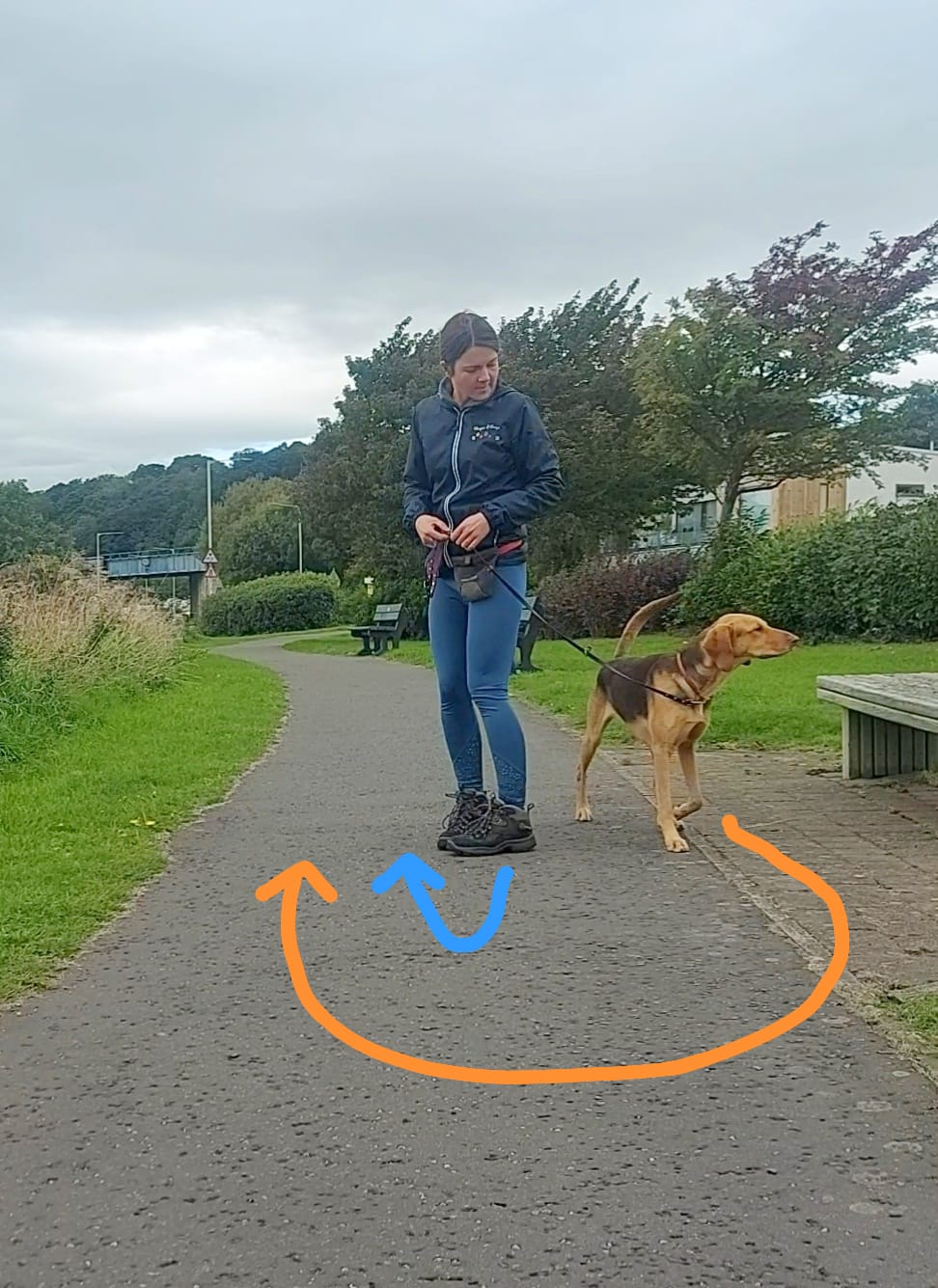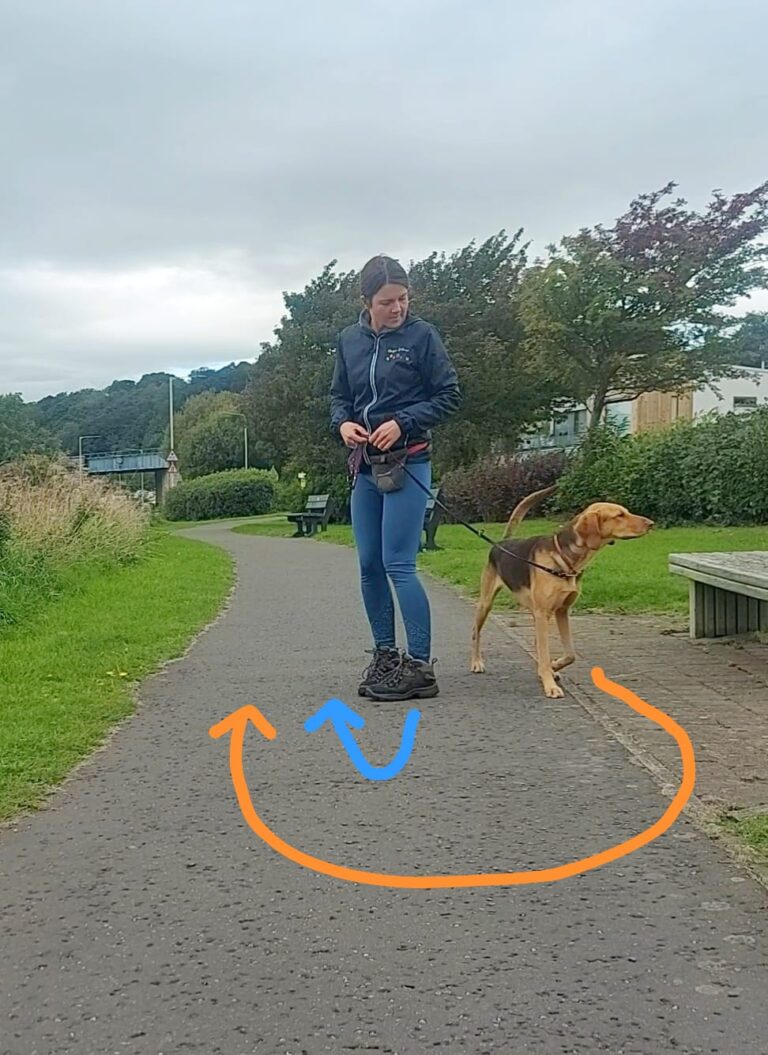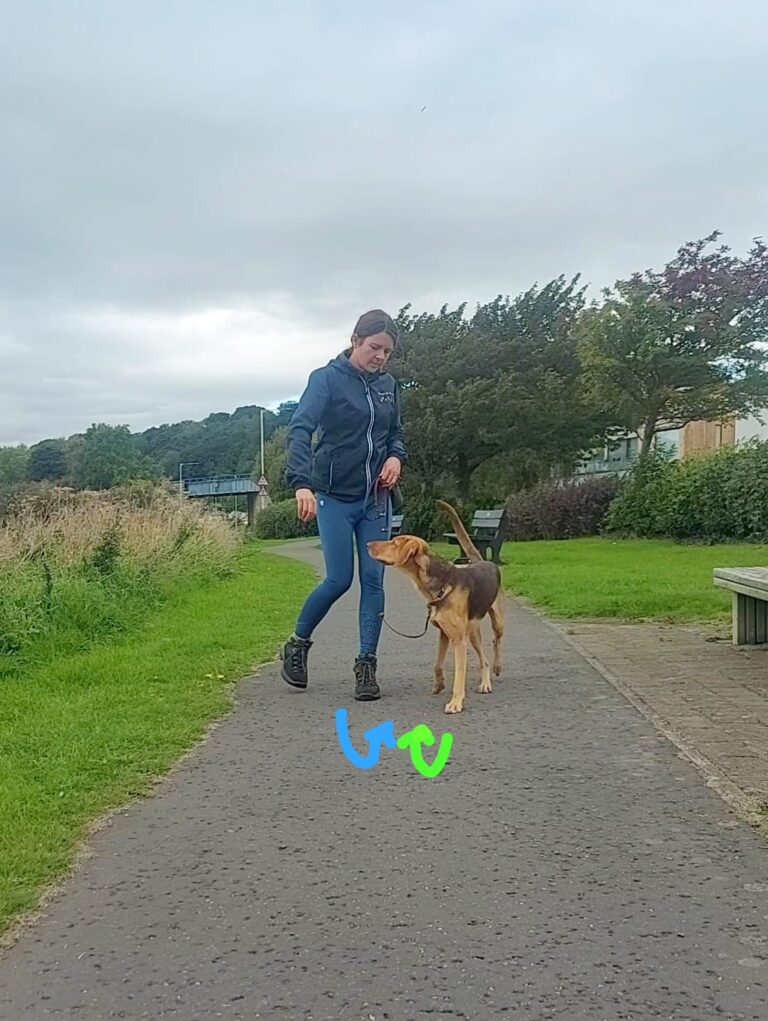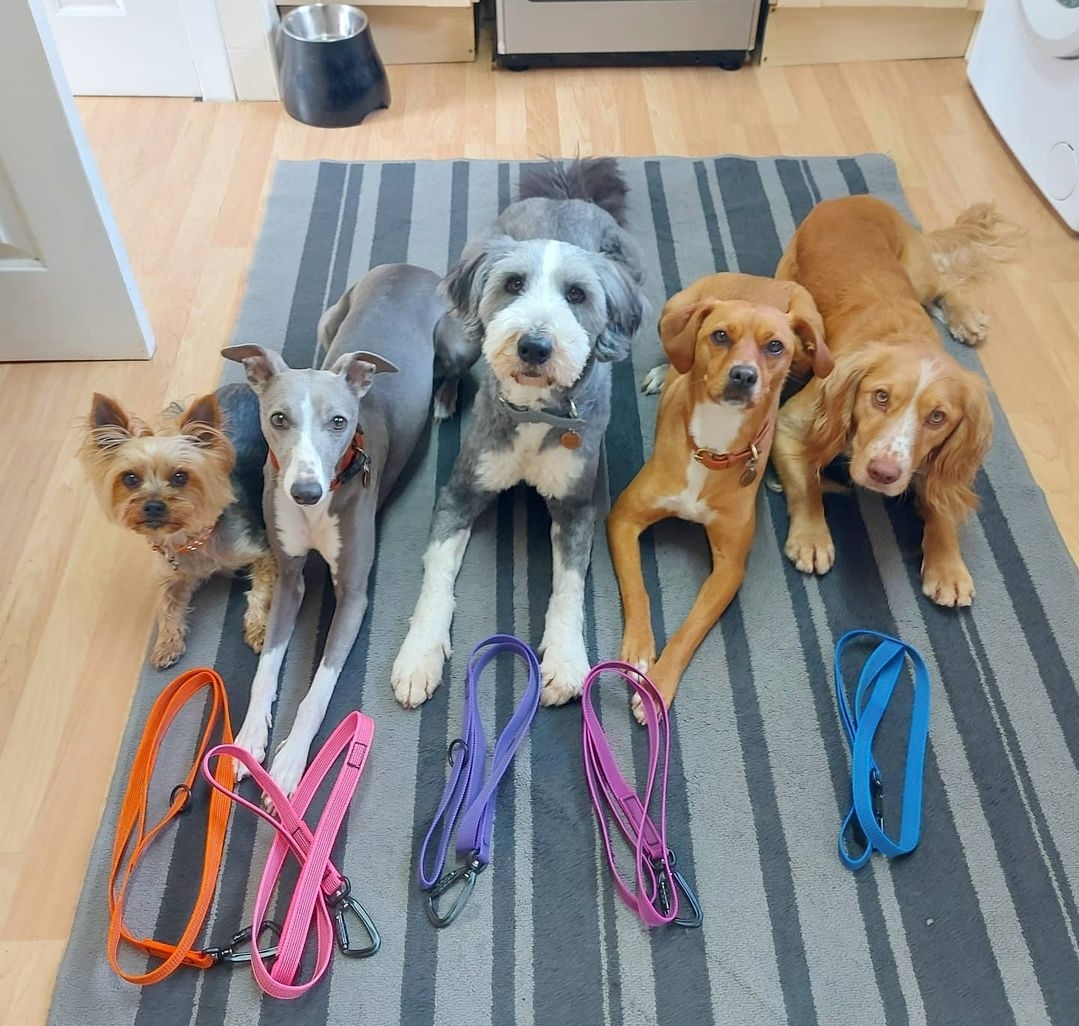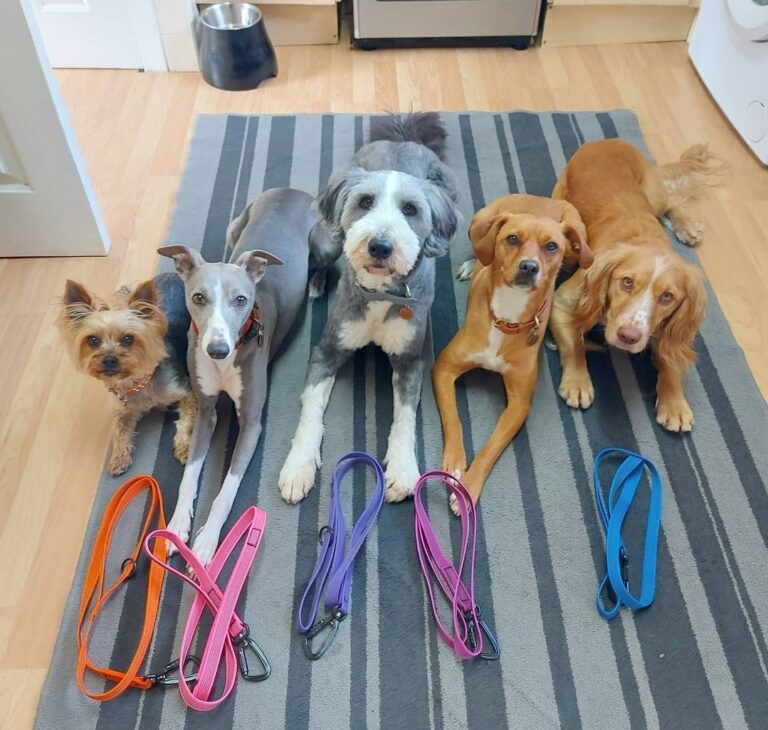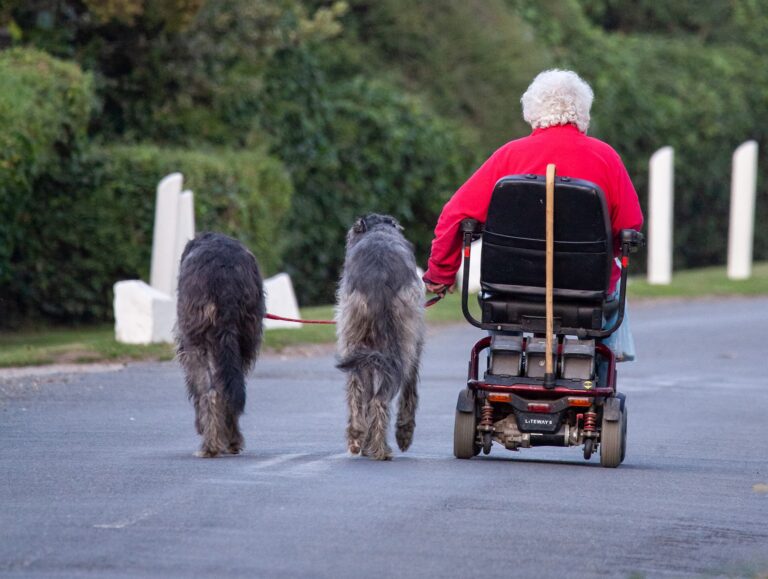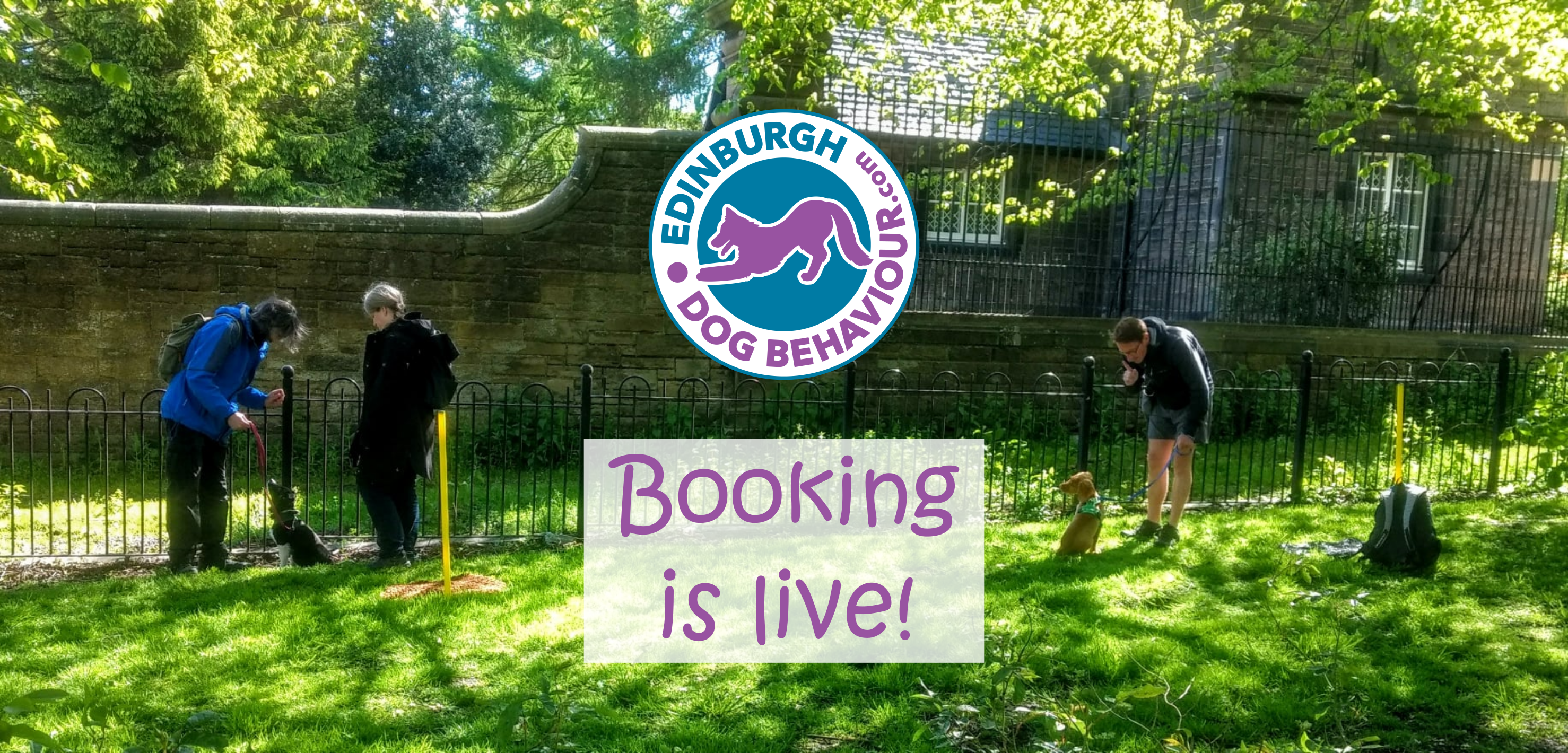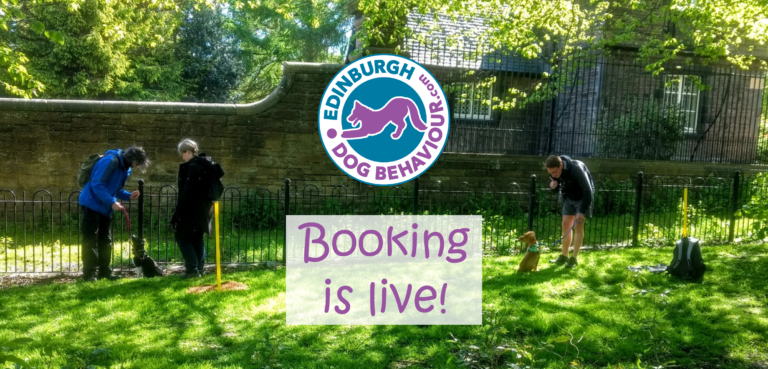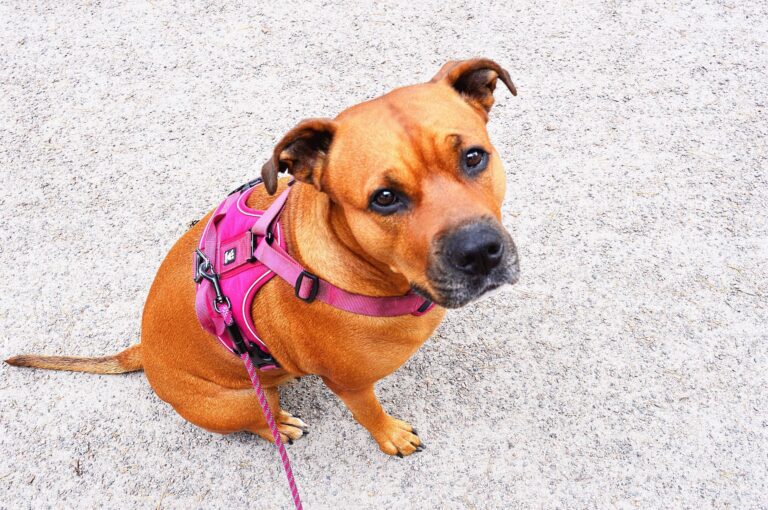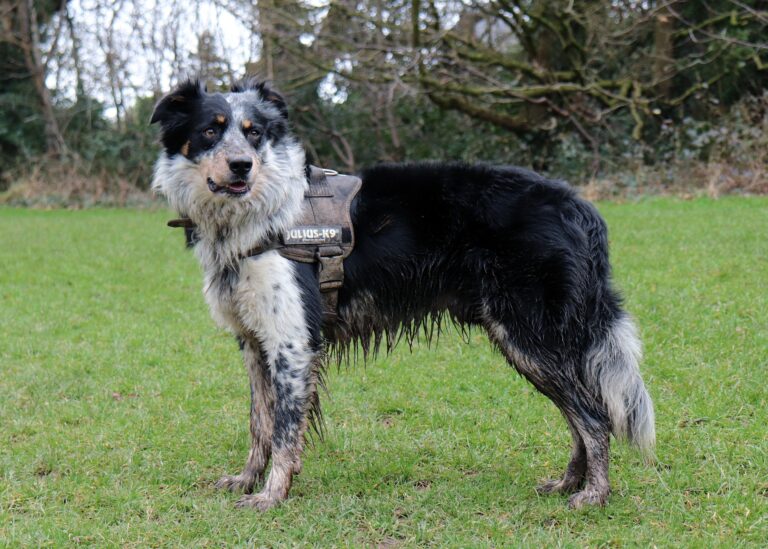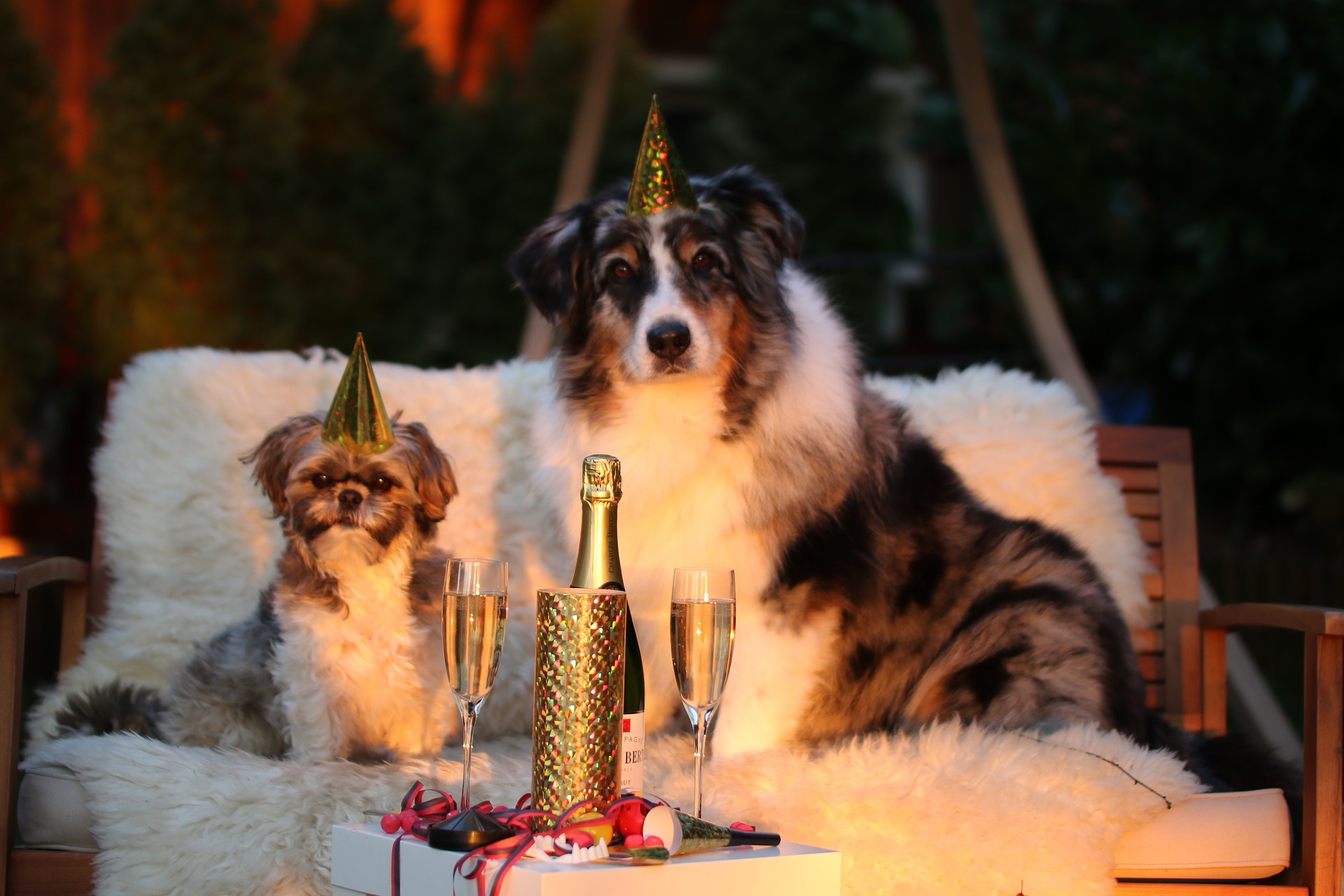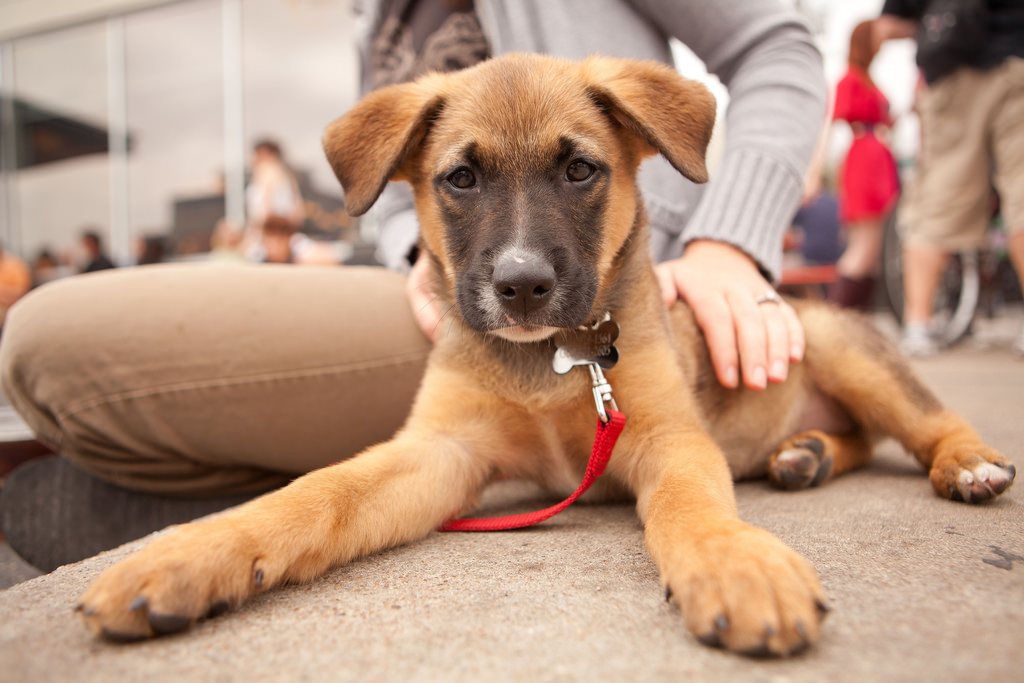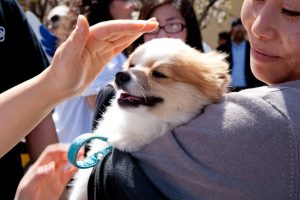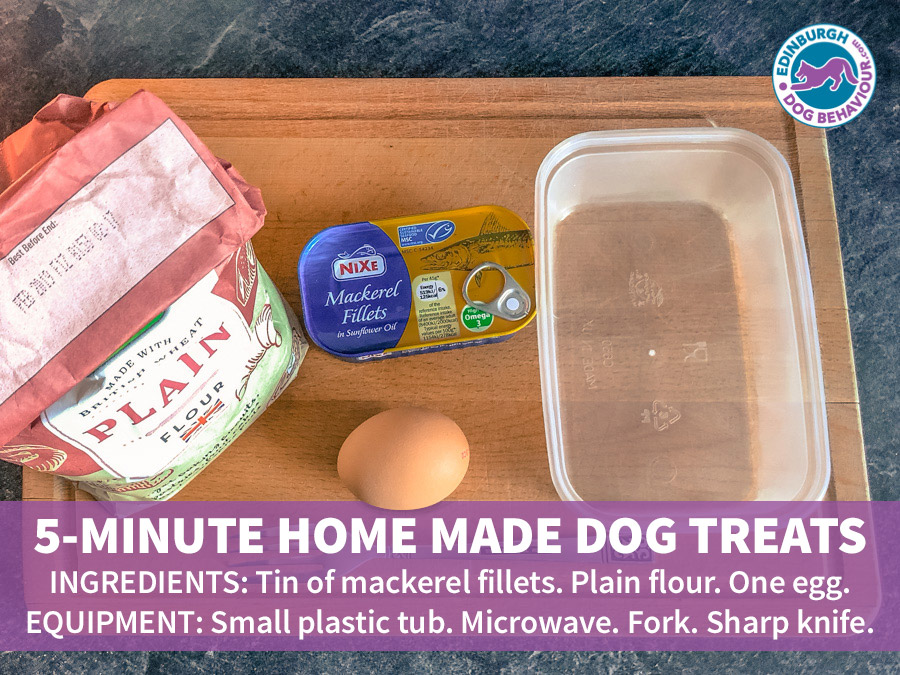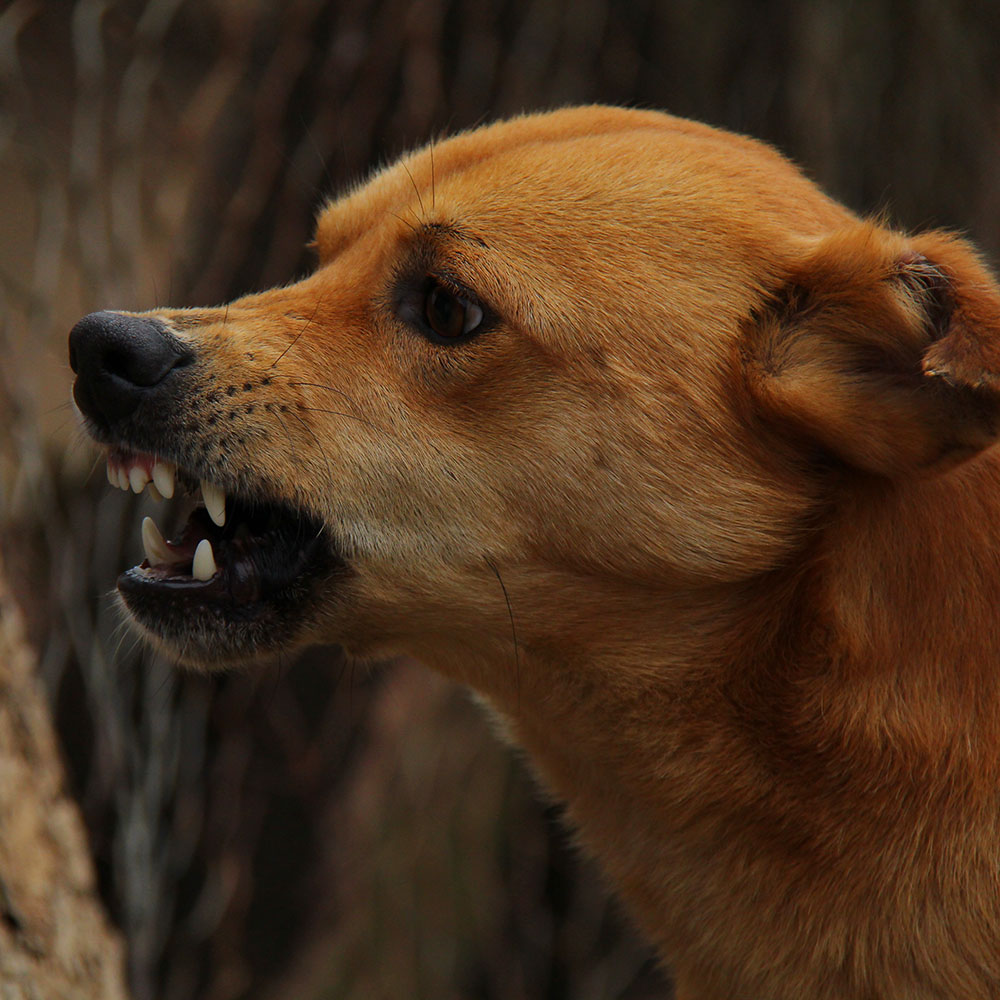
If you’ve read any of my articles, or indeed if you have been researching dog separation anxiety for any length of time, you have probably already received the message loud and clear that there are no quick fixes for separation anxiety.
It is human nature though to be curious and to hope that somehow you might be one of the people who gets an easy win. In our desperation to help our dogs, the idea of a quick fix can seem incredibly alluring. This is especially true if the source seems credible – a trusted friend for example or a well-regarded trainer.
To help you in your efforts to help your separation anxiety dog, I’d like to share my thoughts on three of the most commonly touted “quick fixes” out there.

“Crating your dog will cure separation anxiety”
Barely a week goes by when I don’t see someone recommend crating your dog as a cure for separation anxiety. But like many quick fixes, it is good to take a moment and think about why this might appear to work.
The one thing crates do very effectively is limit behavioural options. A crated dog can’t chew on your furniture, will hold his bladder and bowels to avoid soiling his sleeping area, and – if out with human earshot – can bark and cry all day without anyone being any the wiser.
It is a sad truth that many dogs with separation anxiety are crated or confined, and it may therefore appear the problem has been solved. But ultimately the problem isn’t the unwanted behaviour, it is the underlying anxiety. More often that not crating does not fix anxiety and can even cause an escalation into all out panic. I often suspect that those dogs that have been “cured” by being crated, never actually suffered from separation anxiety but were maybe engaging in a bit of mischief whilst home alone!
If you’re not sure, and you do try crating your dog as a cure for separation, make sure you use a camera or video call app to watch them in real time if they are crated or confined. This way you can make absolutely sure that your pup is calm and relaxed, and not just anxious but out of behavioural options. If your dog does appear distressed (barking, whining, panting, digging or trying to chew their way out), you should go back to them immediately, to prevent further emotional trauma.
“Stop separation anxiety with an anti – bark collar”
Anti-bark collars work by applying an aversive stimulus to punish a behaviour. We need to be very clear about what this means. Your dog performs a behaviour and then a stimulus is applied that is uncomfortable or upsetting enough that it discourages them from performing that behaviour again. Whether an electric shock, vibration, spray, or other “stimulus”, in order to be effective, the punishment must be highly distressing in order to effectively supress the behaviour.
I’m sure you don’t need me to spell it out, but just in case: stopping barking does not cure separation anxiety. They are two different things, albeit they are of course related.
If you do attempt to use an anti-bark collar to fix unwanted behaviours, you need to be prepared to cause your dog fear and / or pain (note – many manufacturers of these devices will use words such as “stimulus”, because it sounds nicer, don’t be fooled!). Given that your dog is already very distressed when left alone – does this seem like something that will work in the long run?
We can’t fight fear with more fear. It’s not only unethical but scientifically, it just doesn’t work. It may address the short-term issue of barking, but you will almost certainly see further unwanted side effects (including potentially dangerous aggressive behaviours) as their mental health unravels. Imagine the most fear-inducing situation you could be in (spiders? Zombies? Needles? Flying?) and then imagine wearing a collar that shocks you or sprays you in the face every time you try to ask for help. Would you become less afraid of that situation, or more so?
If you really feel you can’t solve the problem without using the anti-bark collar, please reach out for the help of an accredited dog behaviour expert. They won’t judge you, but will be able to guide you away from the anti-bark collar and towards more friendly and effective treatments for your dog’s separation anxiety.
“Leave lots of treats and food & your dog will learn to love being left”
This is another common piece of advice that unfortunately won’t give you a quick solution to your dog’s separation distress.
A dog that is anxious or panicking is in no mood to eat. Think about times when you have been anxious or scared. Often, not only do we not feel hungry, but the very thought of food can also make us queasy.
This is because when the body goes into distress mode, all systems that are not linked with immediate survival are paused or bypassed. There will be time for eating later – but only if we survive the current threat to our survival and wellbeing.
If you have tried leaving your dog with tasty treats or a meal, only to find they don’t touch a single morsel until you get home (at which point they start gobbling it all up!) you have witnessed survival physiology in action already. Some dogs however, will eat when left despite being distressed. If you have a very food motivated dog and are unsure, watch them on a camera when you leave them with food and look out for signs of stress in their body language and overall demeanour.
Just to confound things, this isn’t to say you can’t try using food in your separation training. High value food and treats can also be really useful in training puppies and young dogs to spend time alone – but only if they haven’t already developed a fear of being left. Pair introducing very short absence (a few seconds at a time) with a high value chew or stuffed KONG, but make sure your pup knows you are leaving. Building this gradually over time can help dogs that have never been left to learn that it is nothing to worry about.
So, there you have it! My take on three quick fixes for separation anxiety that maybe aren’t as black and white as they first seem!





